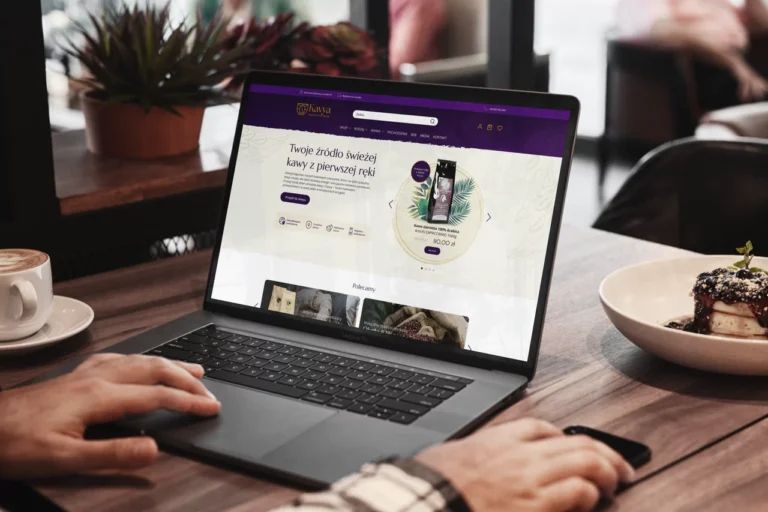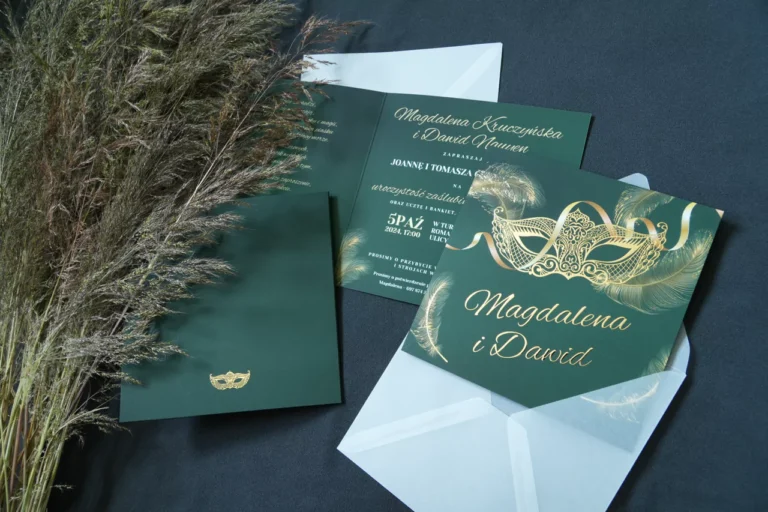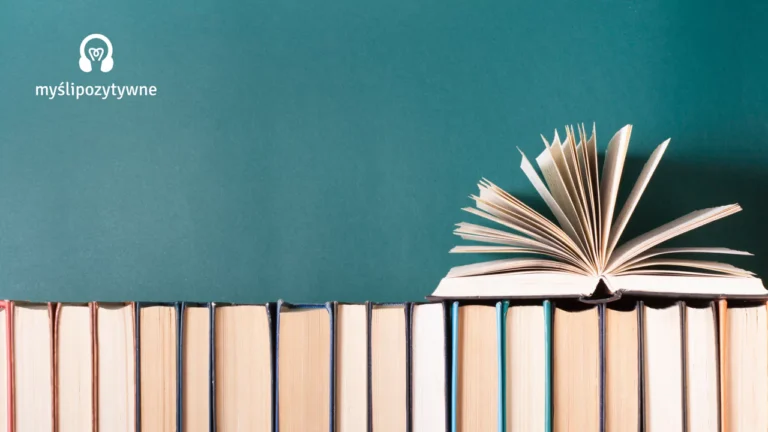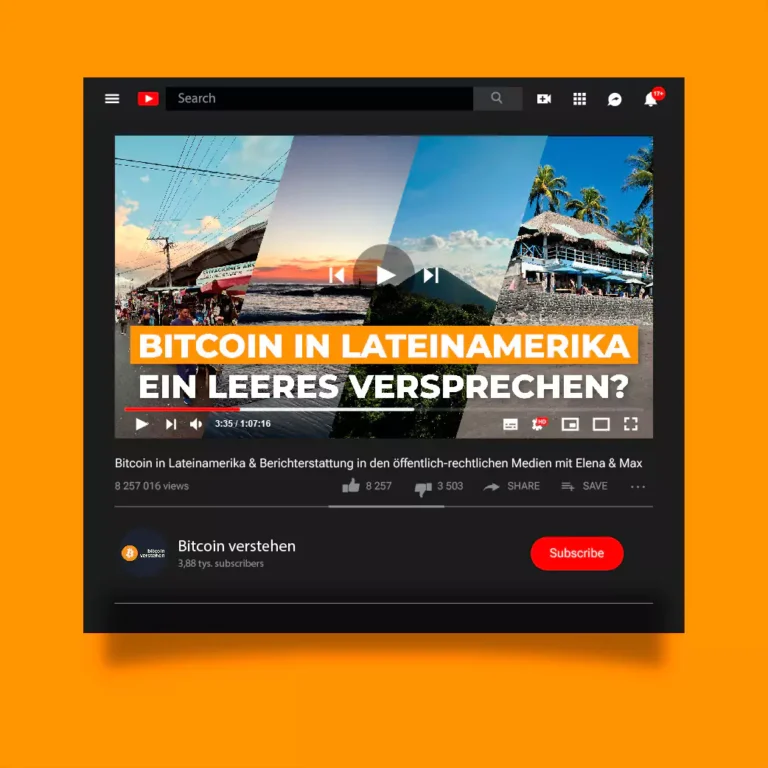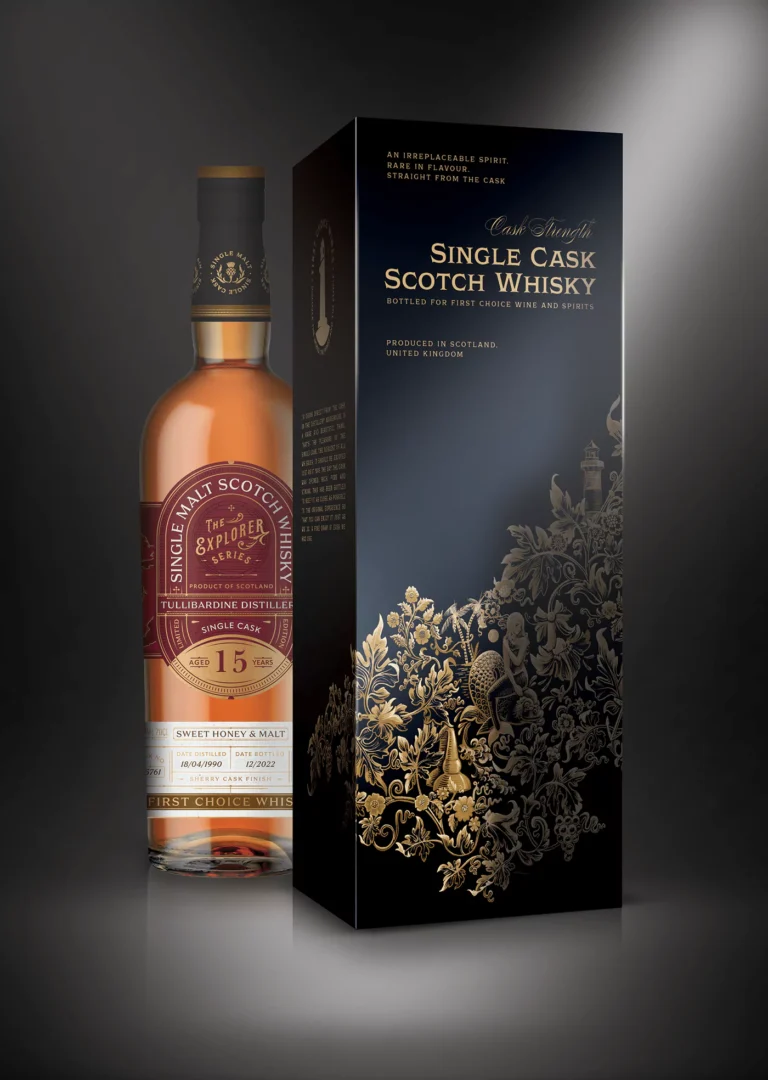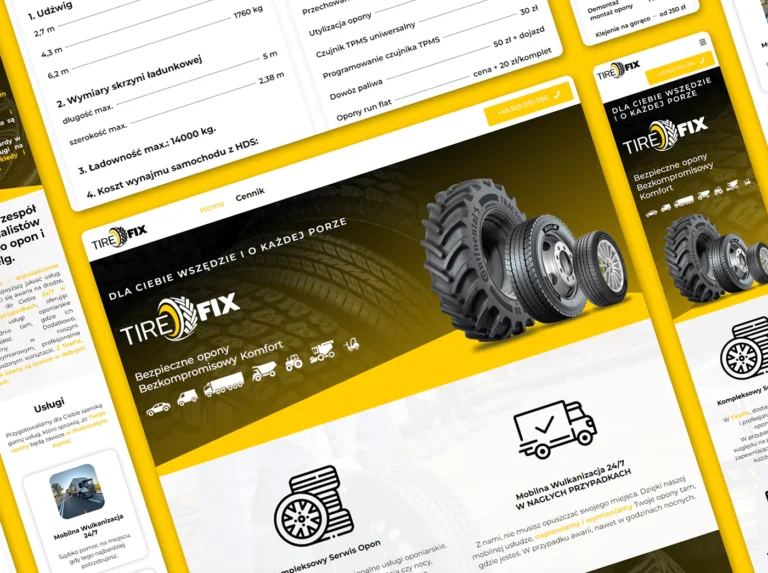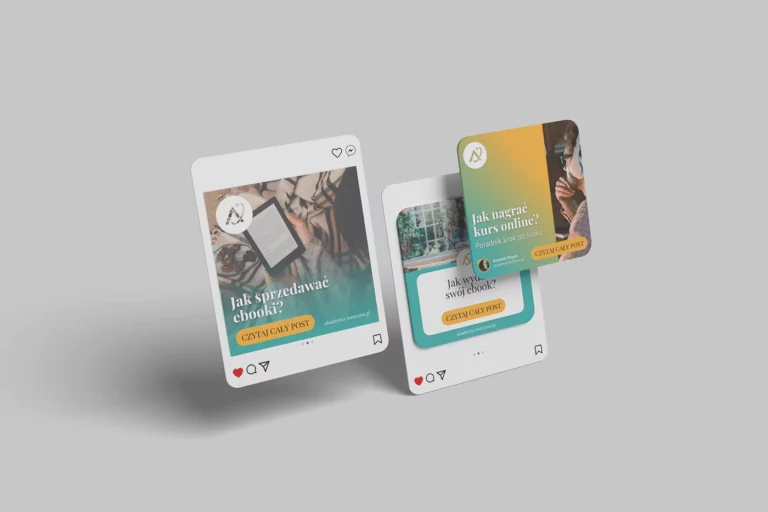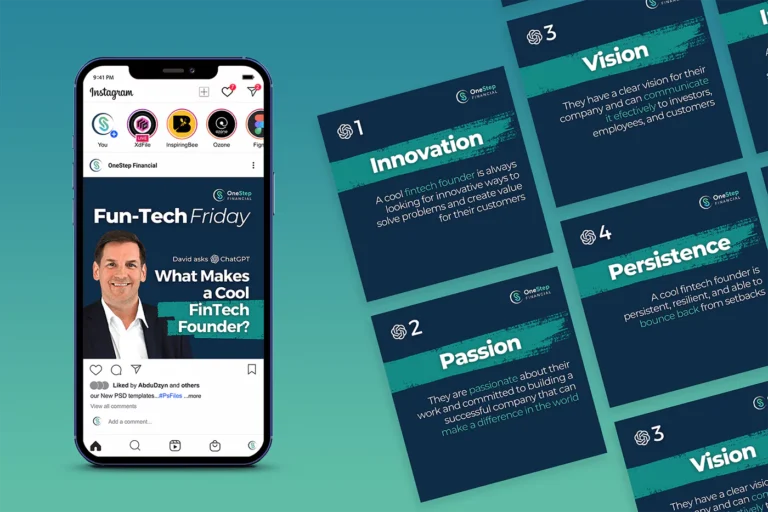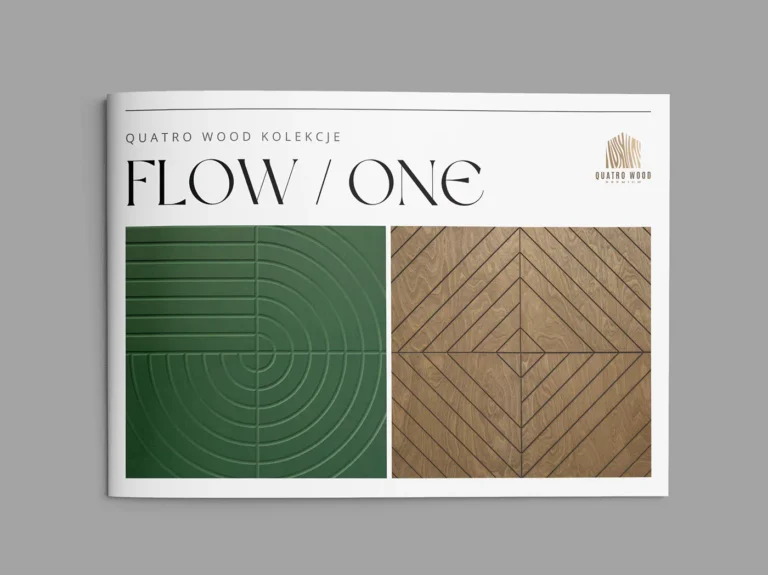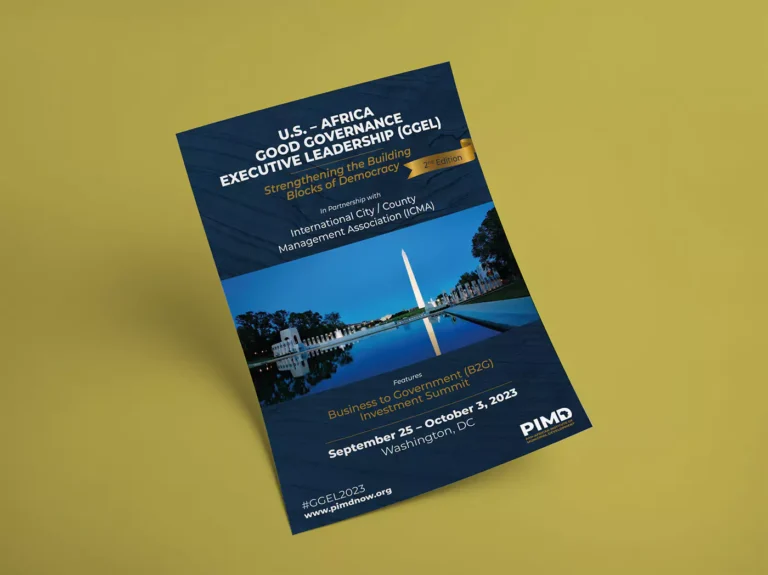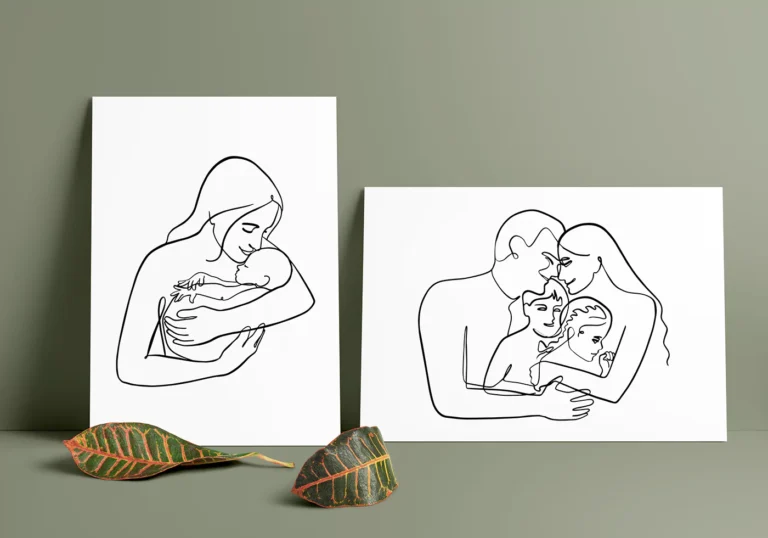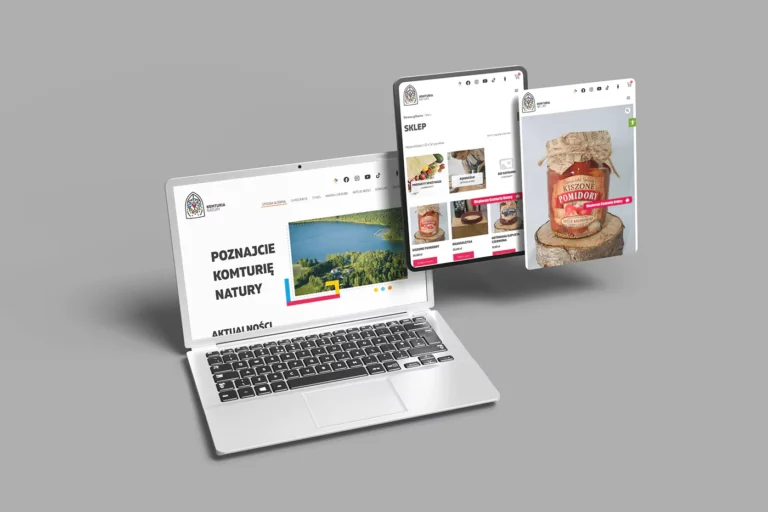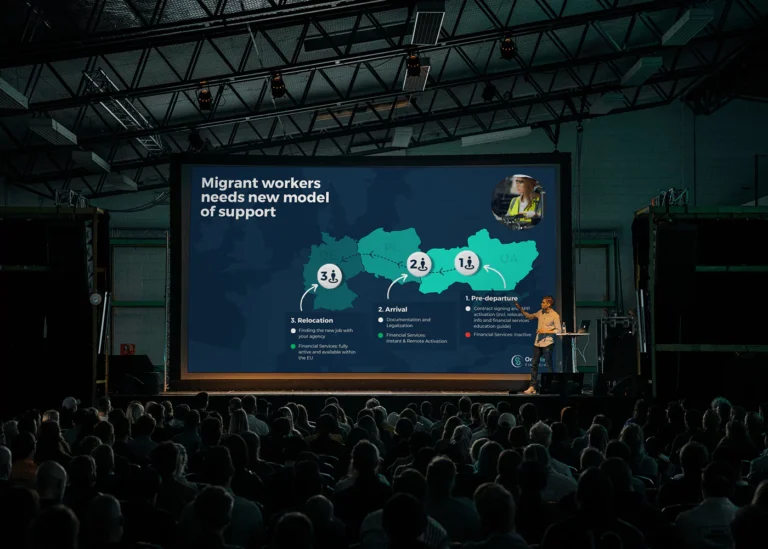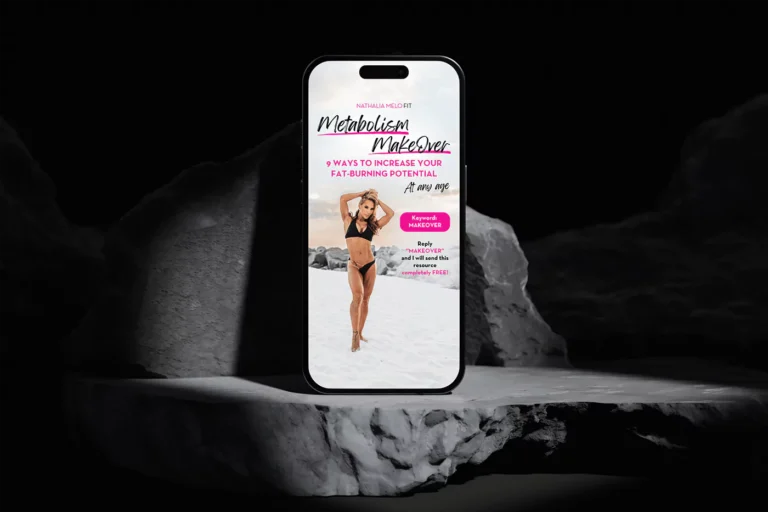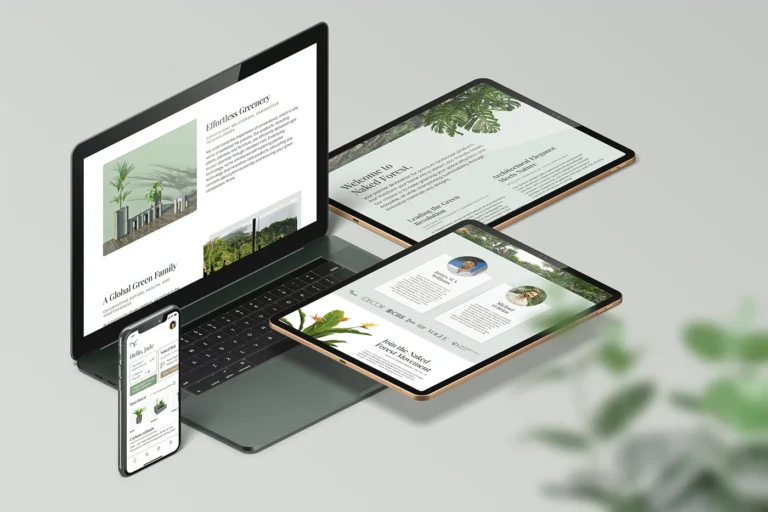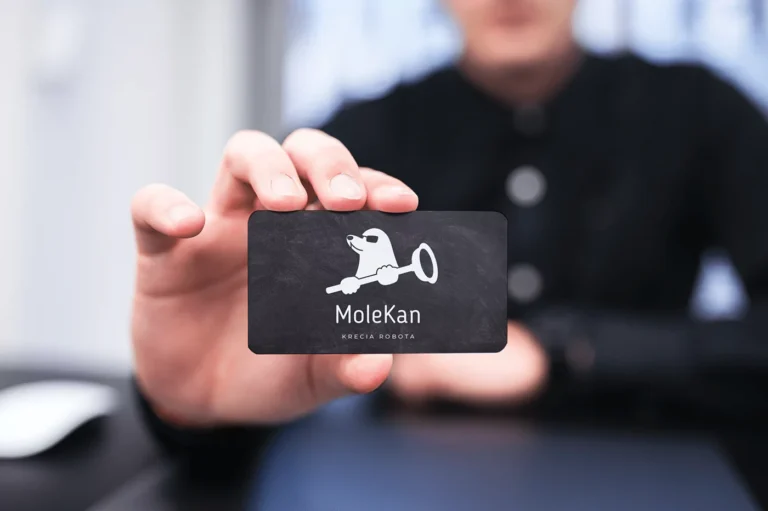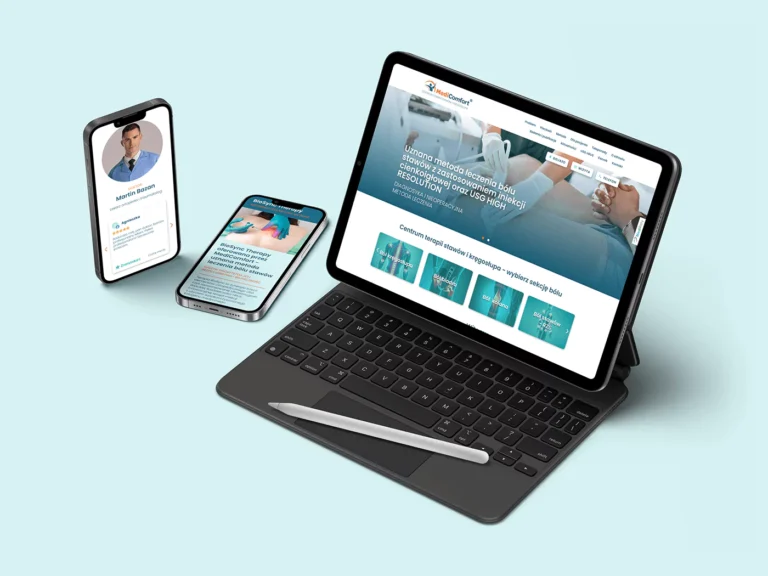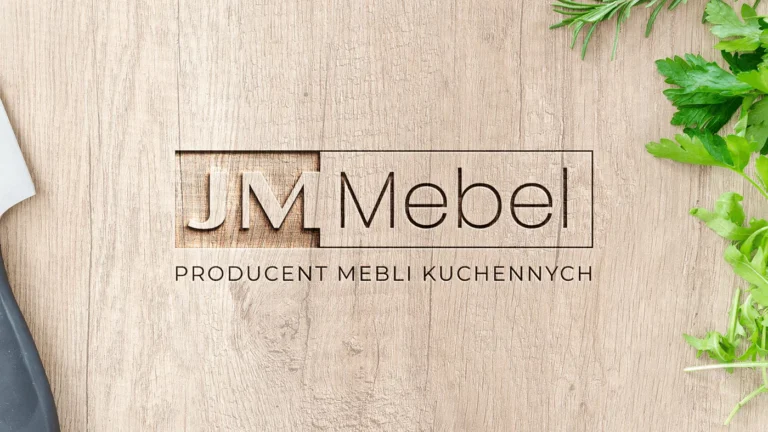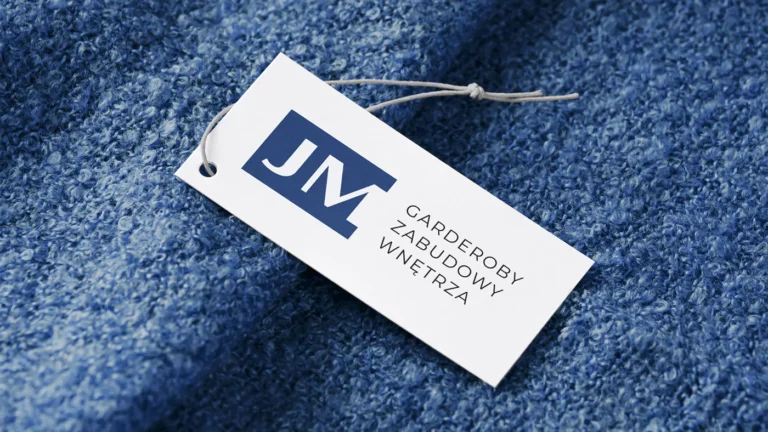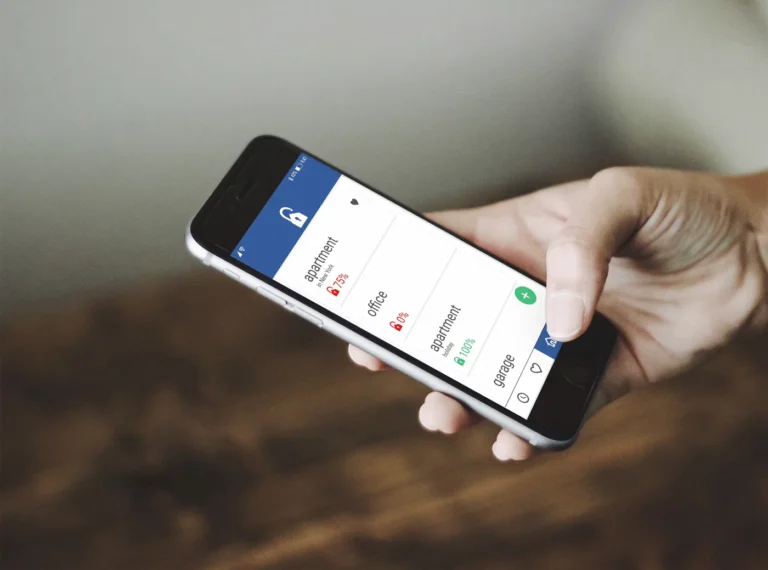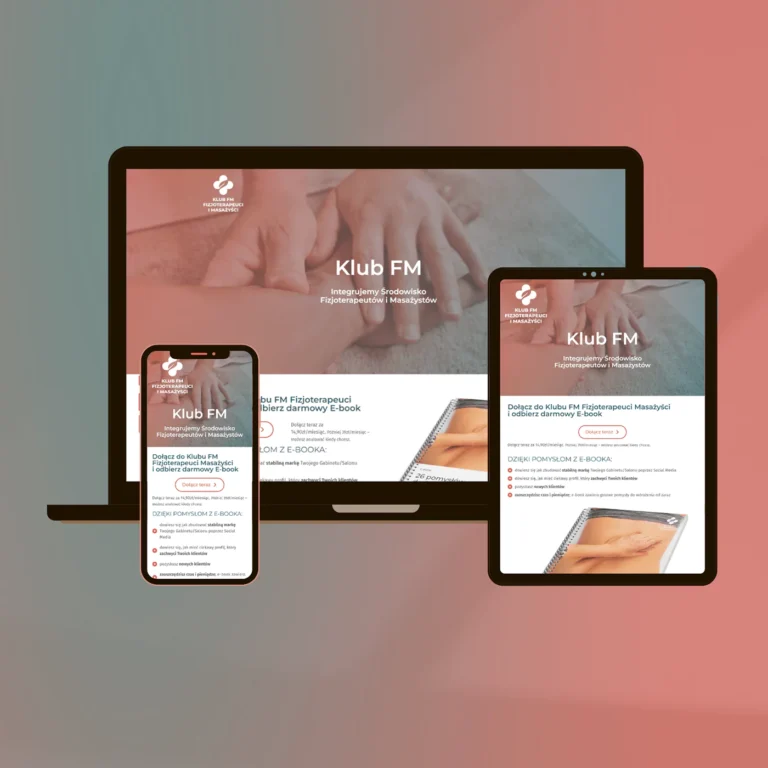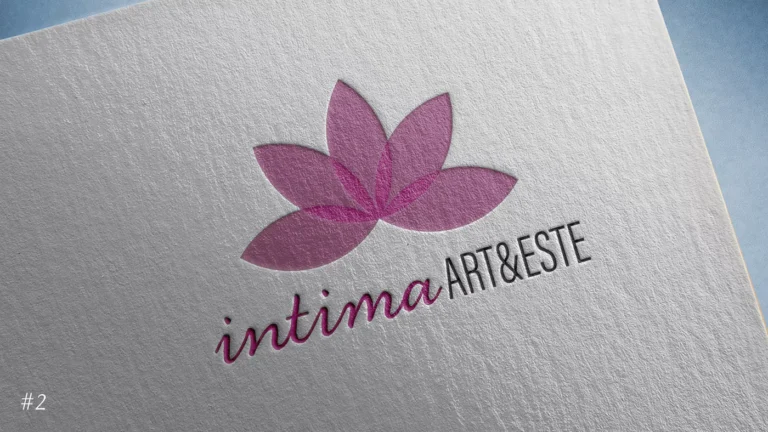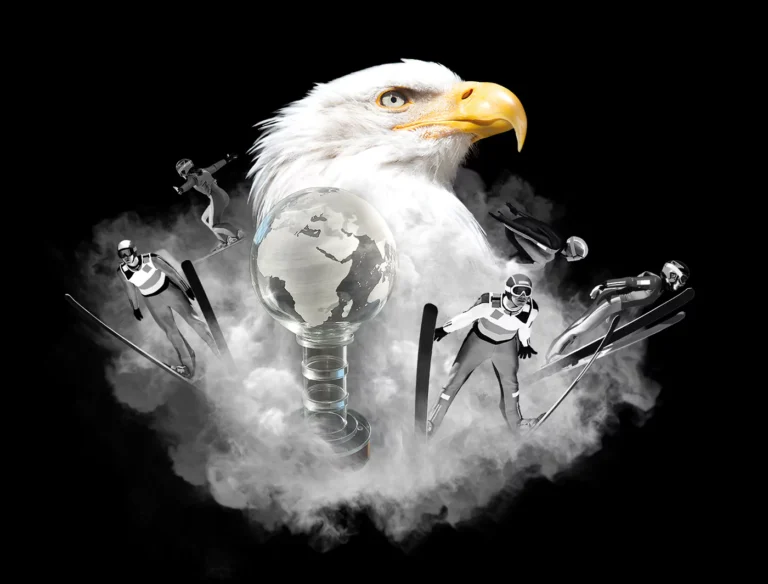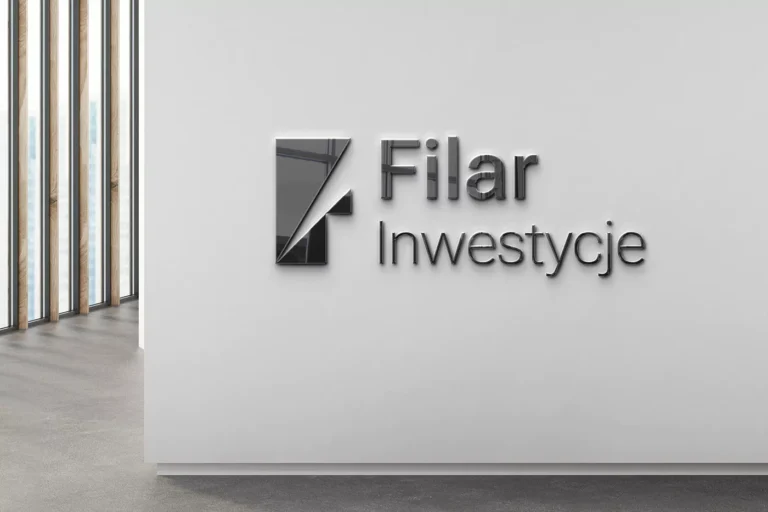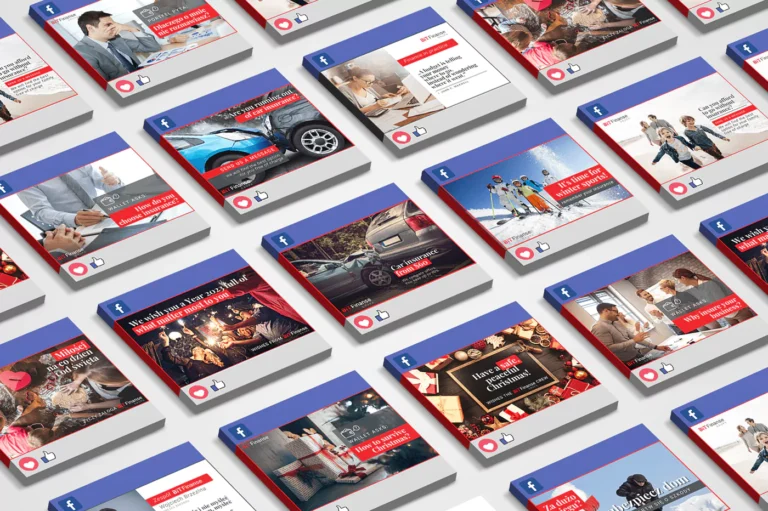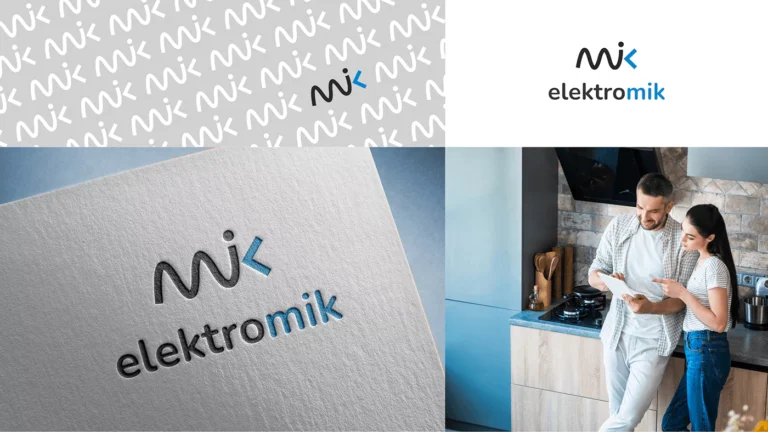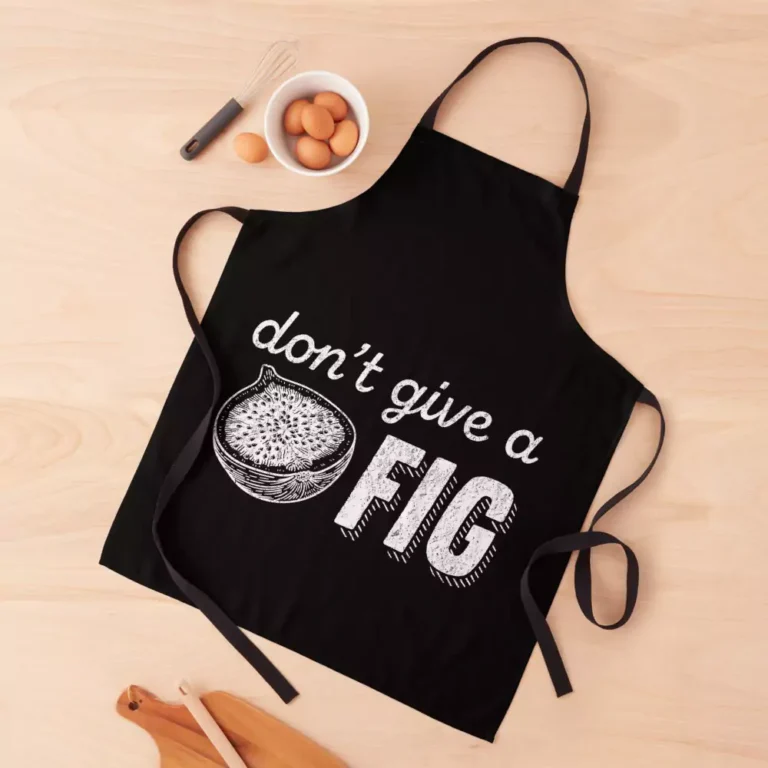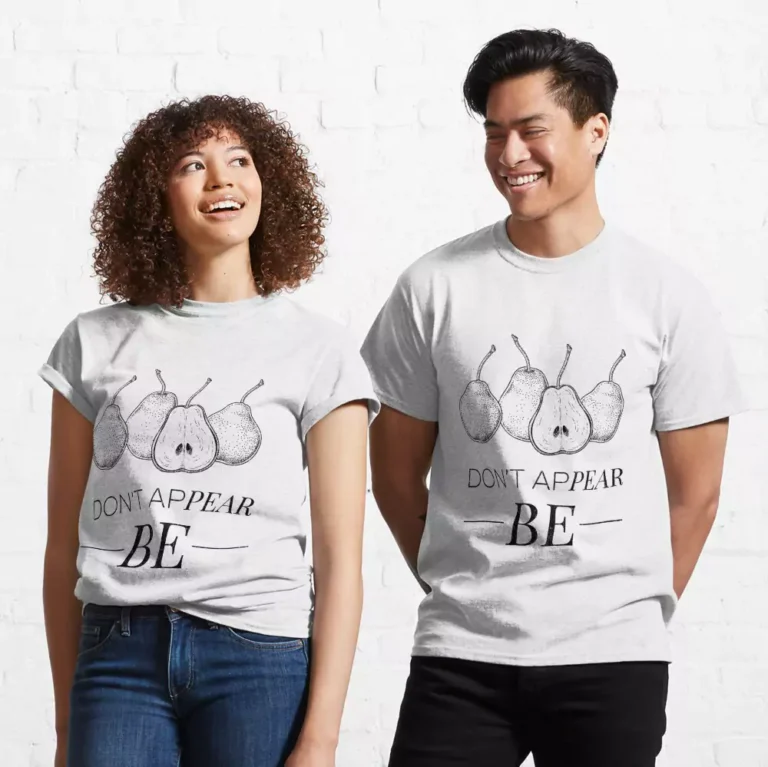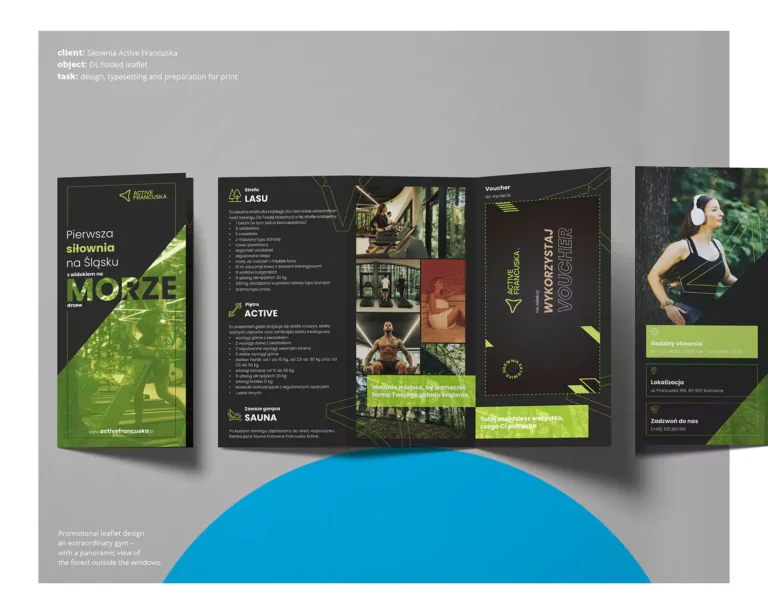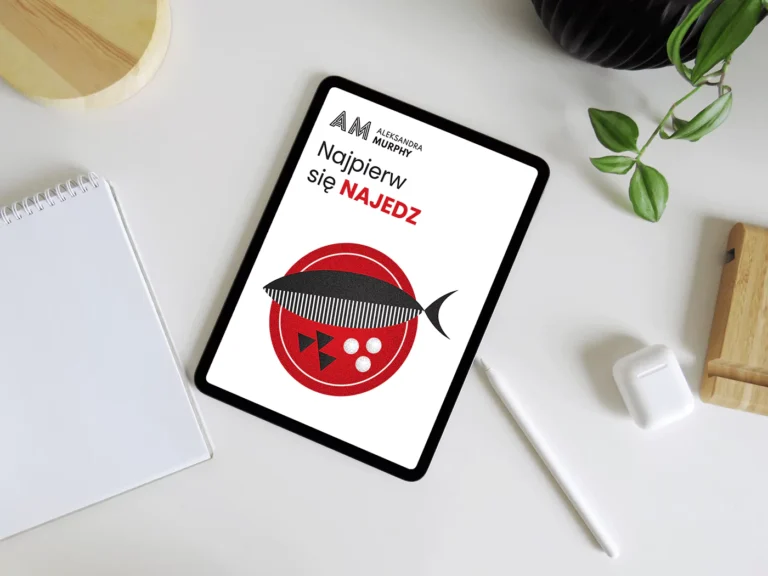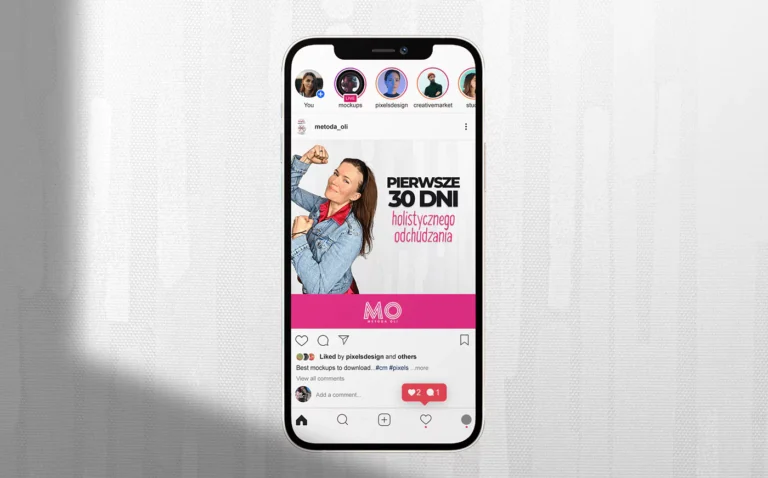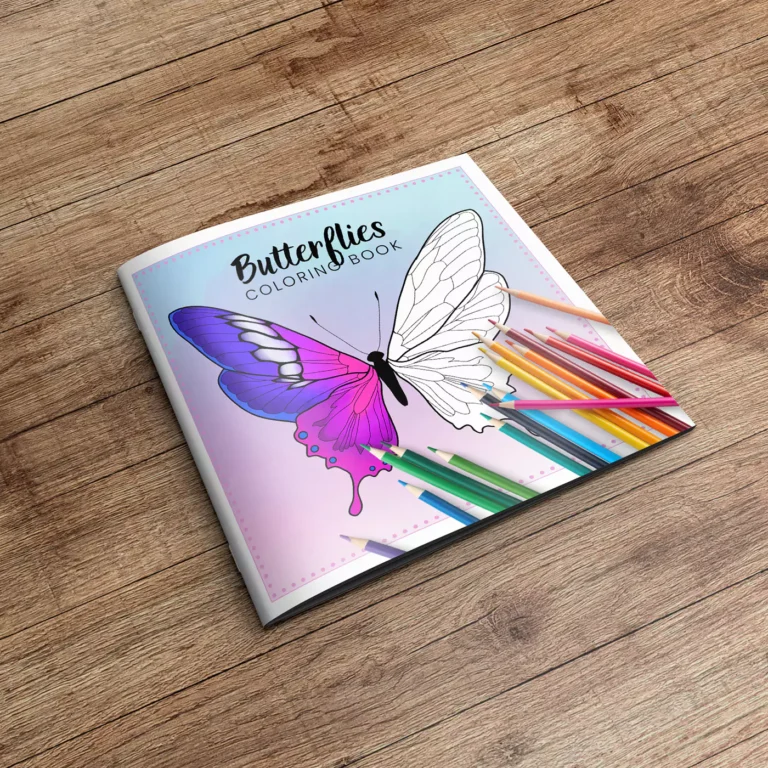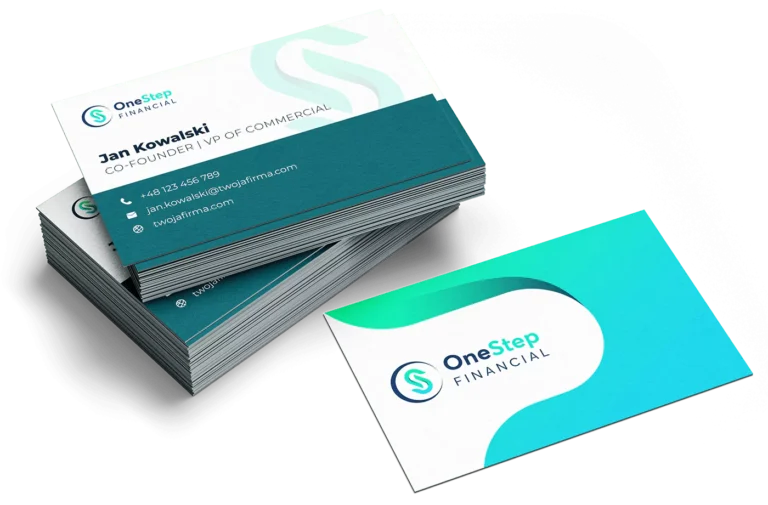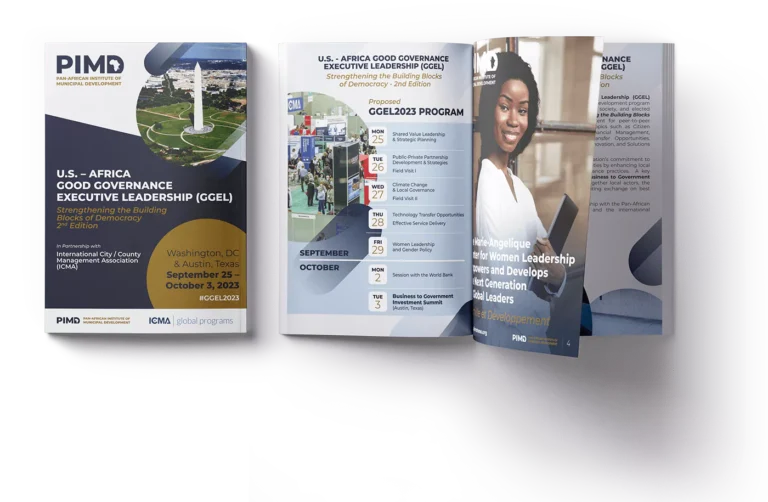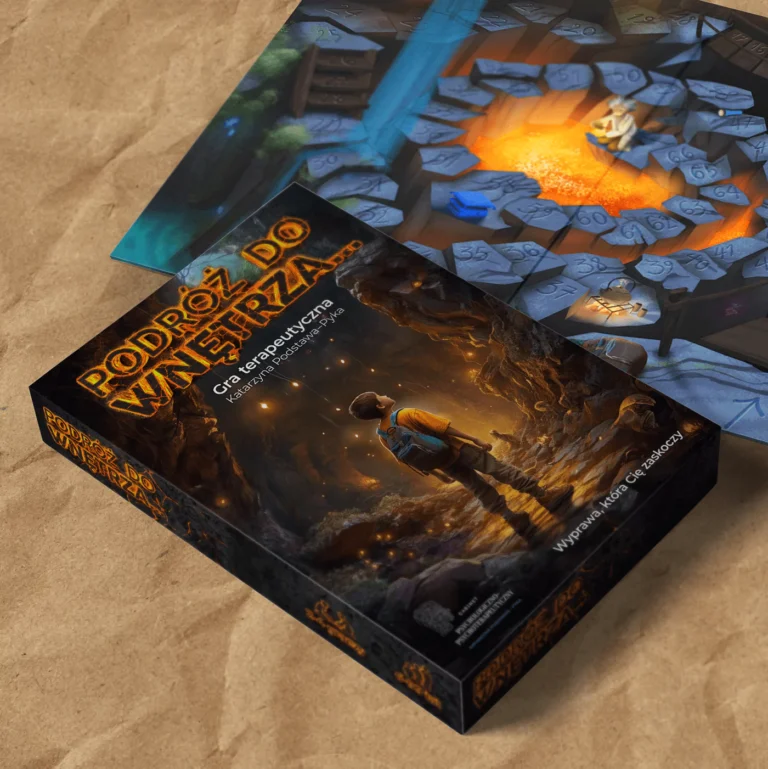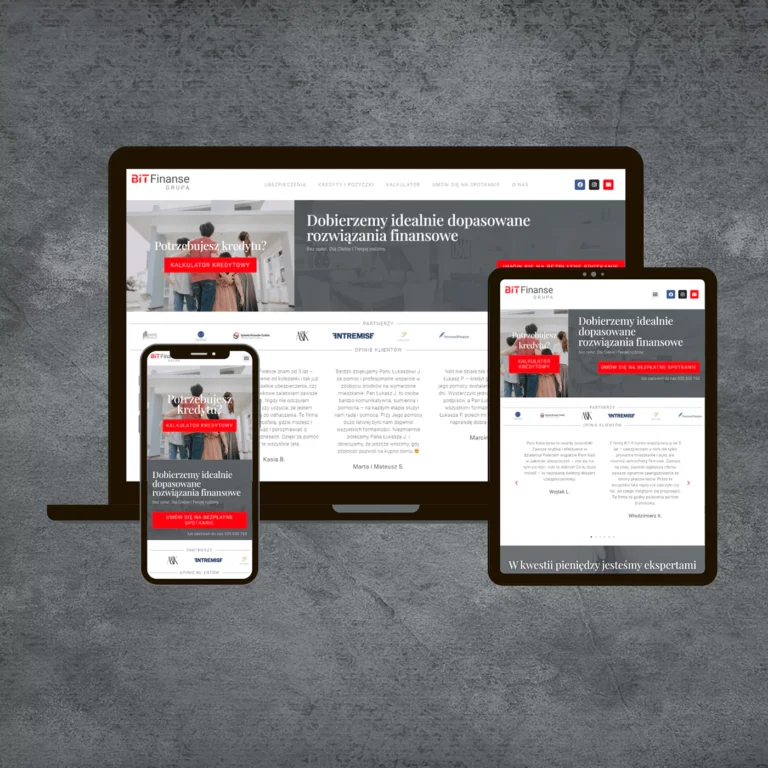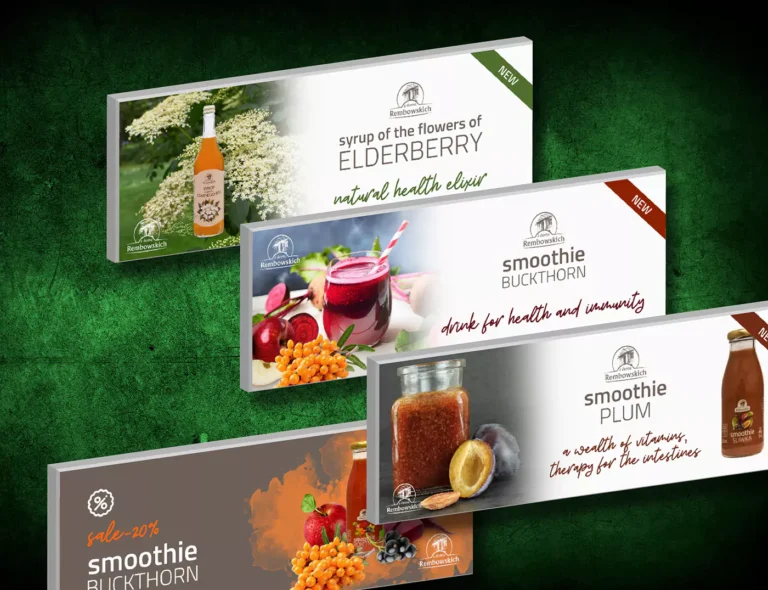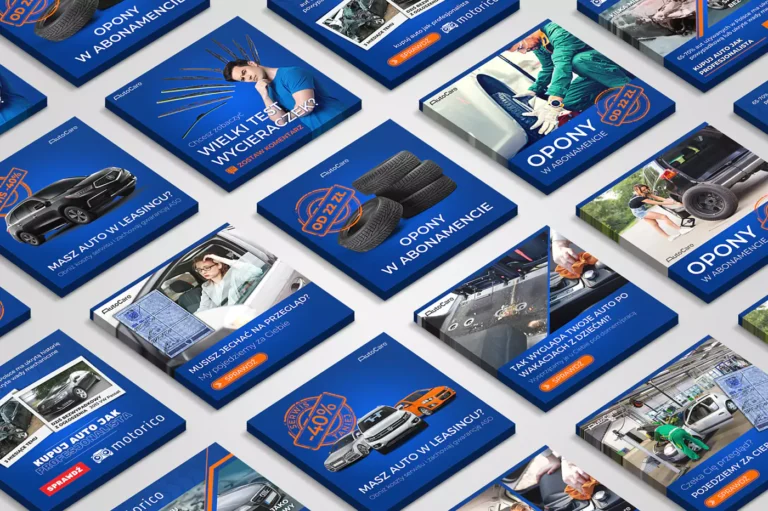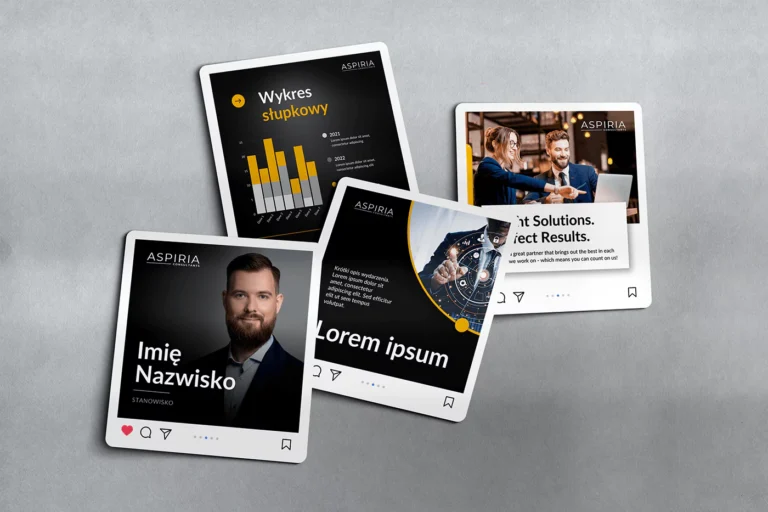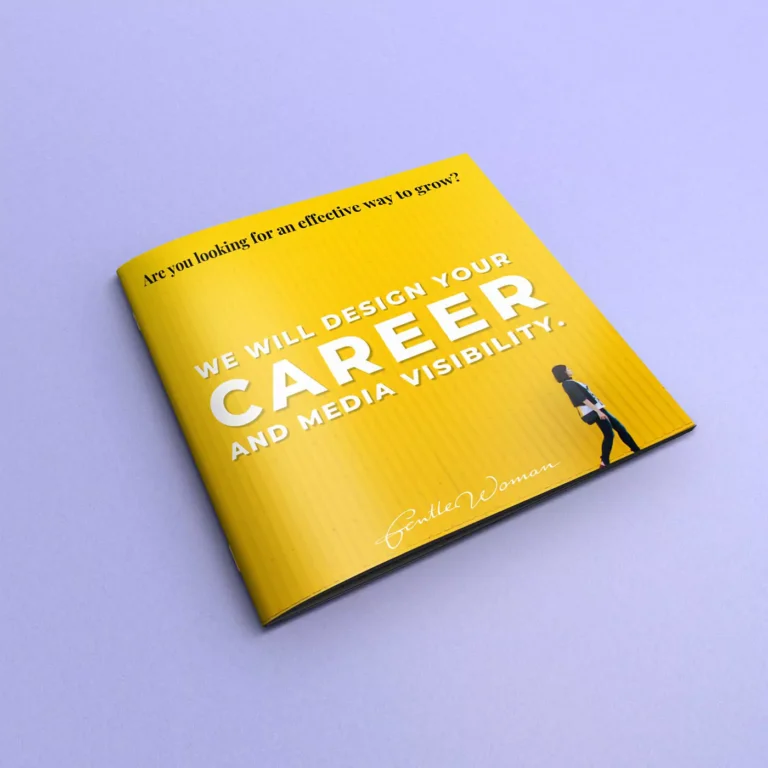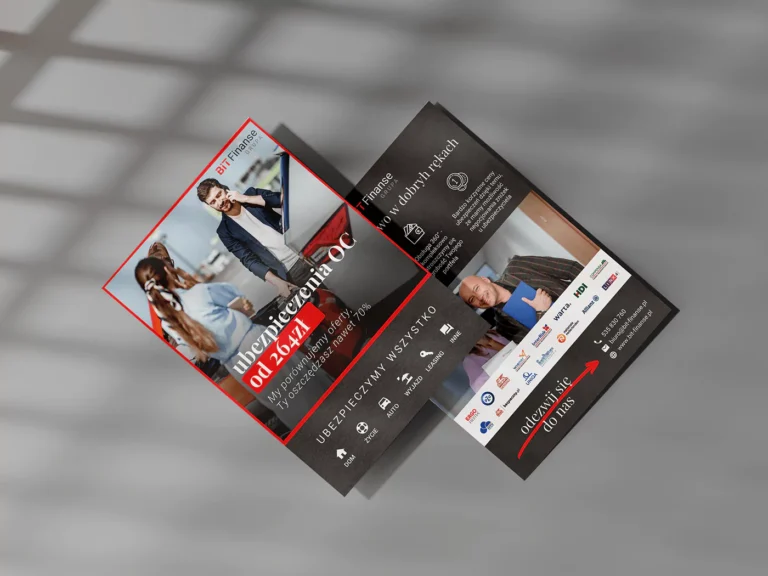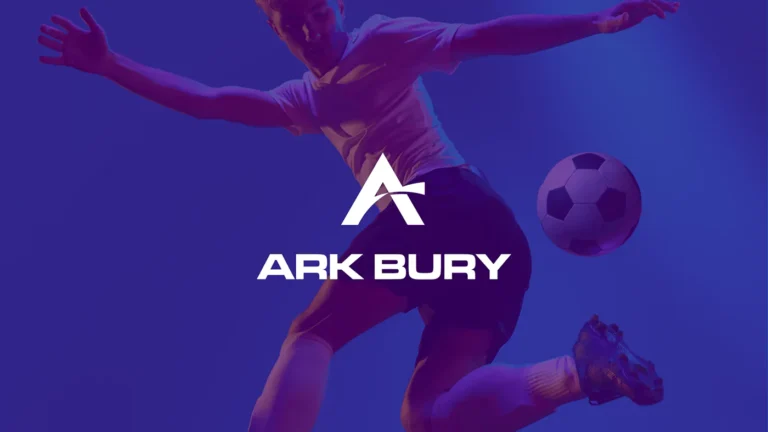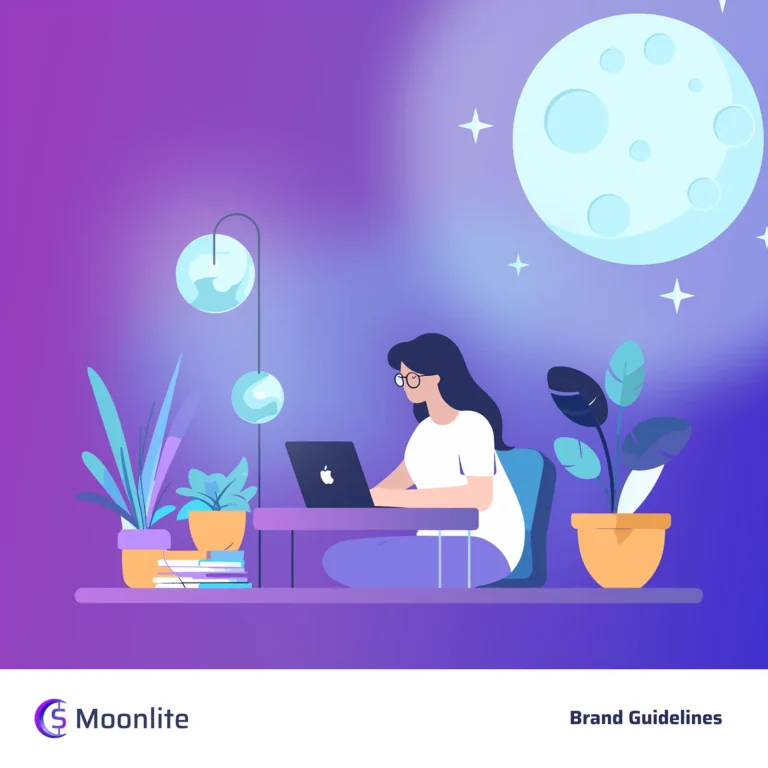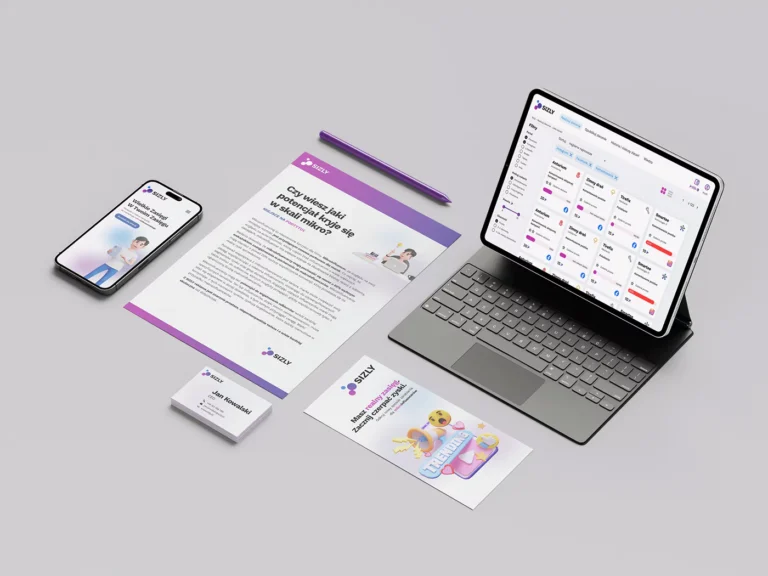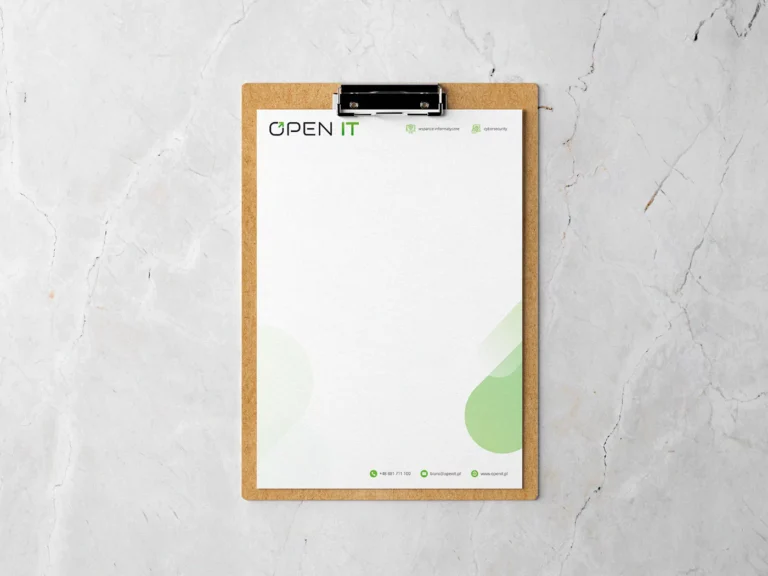What Flyers Are and How to Best Present Them
Flyers are single or multi-page advertising materials used to promote products, services, events, or special offers. They can be distributed directly to customers, mailed, or placed in high-traffic areas. Flyers are an effective marketing tool because they are inexpensive to produce and can quickly reach a wide audience.
How to Best Present Flyers
To ensure flyers are effective, they must be well-designed and eye-catching. Key aspects include:
1. Eye-Catching Headline: The headline should be short but attention-grabbing to encourage readers to continue reading.
2. Attractive Graphics: Use high-quality images, illustrations, and icons that align with the brand’s visual identity.
3. Concise and Clear Message: The text should be short and understandable, focusing on key information and benefits for the recipient.
4. Clear Call to Action (CTA): The CTA should be unambiguous, such as “Call Now,” “Visit Our Website,” or “Book Your Spot.”
5. Contact Information: The flyer should include all necessary contact details, such as address, phone number, email address, and website.
Designing Flyers
Designing flyers involves several key stages:
1. Defining the Purpose: Understanding the flyer’s purpose—whether it is to promote a product, invite to an event, or inform about a special offer.
2. Audience Analysis: Understanding who the target audience is to tailor the content and style to their needs and expectations.
3. Creating Concepts: Developing several creative concepts for the flyer that can effectively convey the intended message.
4. Choosing Visual Elements: Selecting appropriate images, illustrations, icons, and other graphic elements that will support the message.
5. Typography: Choosing readable and attractive fonts that will complement other graphic elements.
6. Color Scheme: Using colors that are consistent with the brand, attract attention, and ensure text readability.
7. Layout and Composition: Designing the flyer’s layout in an aesthetic and functional way. Each element should have its place and significance.
Finalizing a High-Quality Product
The process of finalizing a flyer involves several essential steps:
1. Proofreading and Editing: Checking all texts for language and grammar errors. Ensuring the message is clear and consistent.
2. Feedback and Revisions: Gathering feedback from the team, clients, or focus groups and making necessary adjustments.
3. Test Print: Conducting a test print to check color accuracy, paper quality, and overall appearance.
4. Technical Optimization: Adjusting file sizes, formats, and other technical parameters to ensure high-quality printing.
5. Final Approval: Obtaining final approval from all stakeholders before mass printing the flyers.
Opportunities Related to Designing Corporate Flyers
Designing corporate flyers offers many opportunities, including:
1. Product Promotions: Creating flyers that promote new products, sales, or special offers.
2. Events and Gatherings: Designing flyers that invite people to events such as conferences, trade shows, workshops, or concerts.
3. Informing Customers: Informational flyers about new services, changes in business hours, or company locations.
4. Education and Awareness: Educational flyers that inform about product benefits, usage tips, or important social issues.
5. Branding: Flyers that support brand building by presenting the company’s values and mission.
Where to Use Flyers
Flyers can be used in various contexts, such as:
1. Direct Distribution: Handing out flyers directly to customers on the streets, in shopping centers, or at events.
2. Mailing Campaigns: Sending flyers to customers as part of a mailing campaign.
3. Events and Trade Shows: Distributing flyers at trade shows, conferences, and other promotional events.
4. Point of Sale: Placing flyers in stores, offices, and other sales points to inform customers about offers and promotions.
5. Local Partnerships: Distributing flyers in collaboration with other local businesses that can share them with their customers.
Conclusion
Flyers are an effective marketing tool that helps businesses promote their products, services, and events. Focusing on an eye-catching headline, attractive graphics, concise message, and clear call to action can significantly increase their effectiveness. The design process should be thorough, involving defining the purpose, audience analysis, creating concepts, graphic design, and technical finalization. By leveraging various opportunities and contexts for using flyers, well-designed flyers can effectively support the company’s business and marketing goals.



